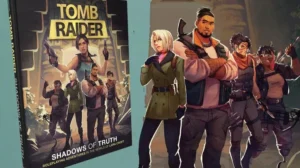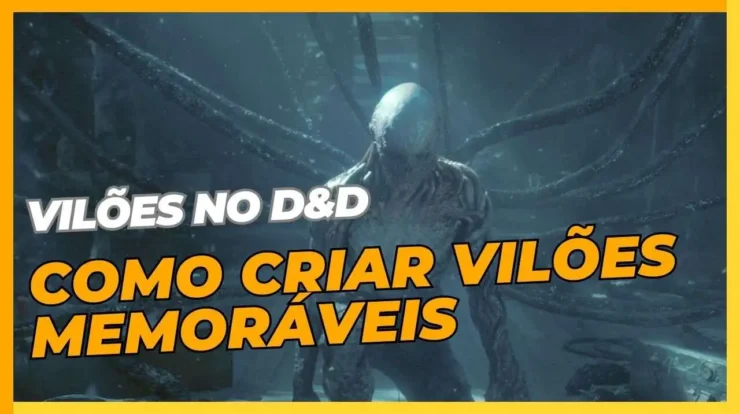
Memorable Villains in D&D: The Art of Moral Ambiguity
In the vibrant Dungeons & Dragons universe, villains are more than just adversaries.
Indeed, they have complex histories, potent motivations, and often compelling reasons behind their actions.
So let’s reflect a little on how to create Memorable Villains in D&D and Tabletop RPGs in general.
Clear Motivations: The Key to a Captivating Villain

In D&D, each villain carries a unique motivation. Whether for revenge, power or even love, understanding this motivation can completely transform an antagonist.
Furthermore, when a memorable villain genuinely believes his actions are righteous, the drama becomes even more compelling.
Vecna, Strahd and Moral Ambiguity
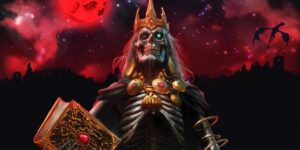
Take, for example, Vecna. Although he seeks divine power through necromancy, he sees a better world under his direction.
On the other hand, Strahd, marked by old passions, shows us that even in hearts dominated by darkness there can be glimpses of humanity.
In contrast, Thanos presents another perspective.
Determined to balance the universe, he sees drastic sacrifices as a necessary evil.
Thus, these characters show us that the distinction between hero and villain is often a matter of perspective.
Stranger Things: D&D in the Spotlight

Since its debut, Stranger Things has brought back 80s nostalgia, uniting several generations of viewers.
However, one of the series’ biggest highlights was its direct connection to Dungeons & Dragons.
By using terms like “Demogorgon” and “Thessalhydra”, the series not only made an ode to the game, but also introduced the RPG universe to a new audience.
The group of protagonists, made up of children who regularly get together to play D&D, serves as a metaphor for the challenges they face in real life.
Thus, the game is not just a pastime, but a tool that helps them interpret and face the supernatural threats that arise in Hawkins.
Furthermore, throughout the seasons, the series expands this connection, transforming the “Inverted World” into a kind of “alternative plane”, reminiscent of the many planes of existence in D&D.
This incorporation of D&D not only served to bring authenticity to the 80s setting, but also to highlight central themes of the series, such as friendship, courage and the eternal struggle between good and evil.
Therefore, while “Stranger Things” continues to win fans around the world, it also solidifies its legacy as an invaluable bridge between pop culture and the fascinating world of role-playing games.
Alignments in D&D: Beyond Labels
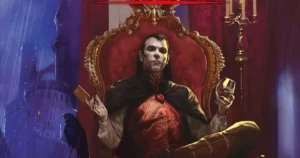
Still, in D&D, the alignment system – Good, Neutral, Evil – only serves as a starting point.
The real magic happens when GMs and players explore the gray areas of these labels, bringing complexity to their characters.
D&D Alignments and Pop Culture Characters
Lawful and Good: Superman (DC Comics) – A defender of justice who always seeks to do what is right, remaining faithful to a moral code.
Neutral and Good: Samwise Gamgee (The Lord of the Rings) – Although he does not follow a strict code, Sam is driven by his intrinsic kindness and desire to help.
Chaotic Good: Jack Sparrow (Pirates of the Caribbean) – Acts by his own rules, but generally has good intentions.
Lawful and Neutral: Robocop (Robocop) – Follows a program or code, acting impartially, without being intrinsically good or bad.
Truly Neutral: Dr. Manhattan (Watchmen) – Sees the universe from a distant perspective, without leaning heavily towards good or evil, order or chaos.
Chaotic and Neutral: Catwoman (DC Comics) – Operates based on her own wants and desires, sometimes helping, sometimes getting in the way.
Lawful and Evil: Darth Vader (Star Wars) – Although he serves the dark side, he follows a strict code and hierarchy.
Neutral and Evil: Hannibal Lecter (Silence of the Lambs) – Driven by his own interests and pleasures, without a specific code.
Chaotic and Evil: Joker (DC Comics) – Wants to see the world in chaos, acting without any respect for order or the lives of others.
The Power of Ethical Reflections
Building villains in D&D also means delving into deep ethical dilemmas.
Therefore, these reflections enrich campaigns and lead players to question their own convictions.
Memorable D&D Villains: Creating Your First Complex D&D Villain
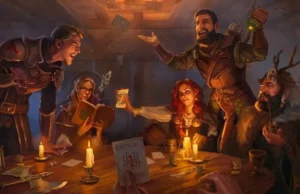
To elevate your D&D narrative, create a multifaceted villain. Here’s a beginner’s guide:
Origins: Provide a backstory. Trauma, relationships and experiences shape the villain.
Motivation: The villain needs clear reasons. Revenge, power, beliefs or even love can be motivators.
Relations: Allies or enemies can show different sides of the villain.
Goals: Define clear goals and steps of the villain’s plan.
Moral dilemma: Add nuances. Perhaps the villain sees his actions as a “necessary good”.
Development: Allow the villain to evolve based on events and player actions.
Charisma: Make your villain intriguing, whether through speech or unique abilities.
Comparison: Plan a climax that challenges you both physically and morally.
Redemption or Ruin: Think about the possibility of redemption or even greater fall.
With this guide, you’ll bring depth to your campaign, immersing players in a rich narrative.
Lyria, the Forgotten Guardian

Lyria, formerly a notable warrior of Eldoria, suffered betrayal (Origins) in the middle of battle and was left to die.
A mysterious entity rescued her, granting her arcane powers in exchange for her servitude. (Relations).
Driven by revenge (Motivation)she is determined to overthrow the corrupt government of Eldoria (Goals). She fervently believes that her actions are for the good of the kingdom. (Moral dilemma).
With your undeniable charisma (Charisma), Lyria attracts many to her cause, although rumors suggest secret ties to the prince of Eldoria, adding layers to her narrative. (Development).
The campaign challenges players to a clash not only of strength, but also of ideals (Comparison).
Depending on your choices, Lyria can seek redemption or be consumed by her thirst for power. (Redemption or Ruin).
Memorable Villains in D&D: The Art of Moral Ambiguity
Whether through classic or contemporary characters, moral ambiguity enriches the D&D universe.
And, as mentioned in the Caixinha Quântica podcast, it is this complexity that keeps players engaged and eager for the next session.
Source: https://www.caixinhaquantica.com.br/viloes-memoraveis-no-dnd/


